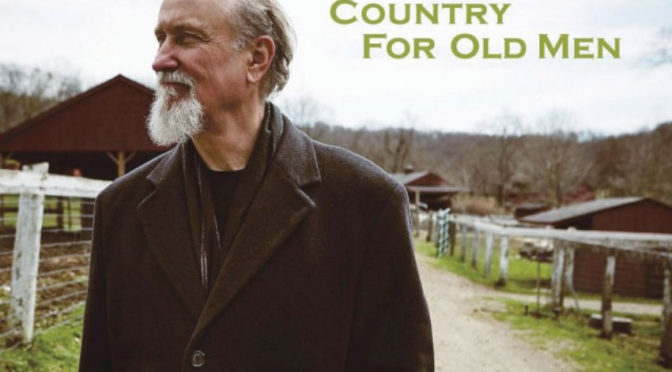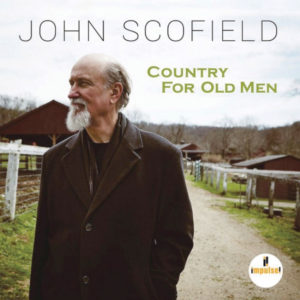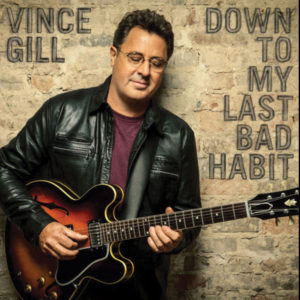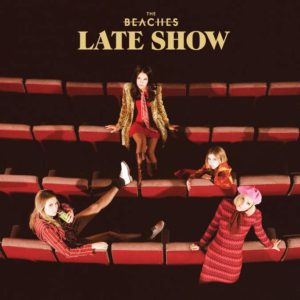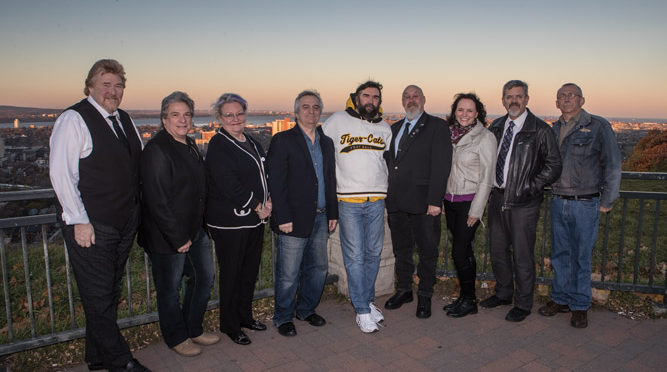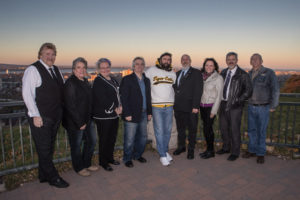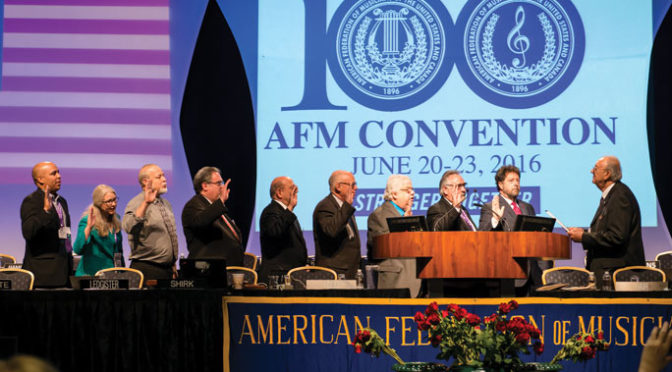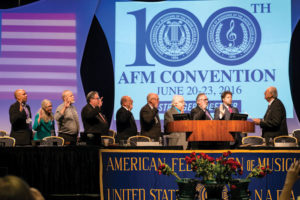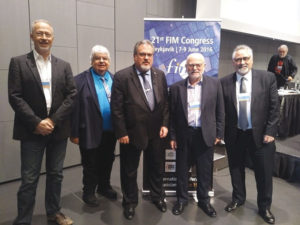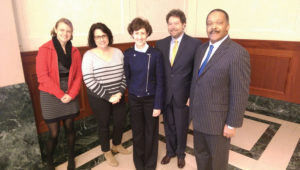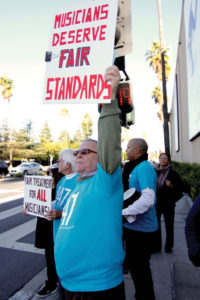In a joint press release the American Guild of Musical Artists (AGMA) and The Sarasota Ballet announced that the company will join other top national ballet companies as members of AGMA. “We are thrilled to welcome the professional artists from The Sarasota Ballet into the AGMA family,” says AGMA National Executive Director Leon Egert. “We anticipate a collaborative process with the management of The Sarasota Ballet to help propel this critically acclaimed ballet company to even higher levels of achievement.”
Since Director Iain Webb took over 10 years ago, the company has increased the number of programs, introduced more than 140 ballets and divertissements into the repertoire—including 39 world premieres and seven American premieres. They have added live music, utilizing Sarasota Orchestra, members of Local 427-721 (Tampa Bay, FL) for some performances.
Negotiations for a first contract are expected to commence within a couple weeks.


